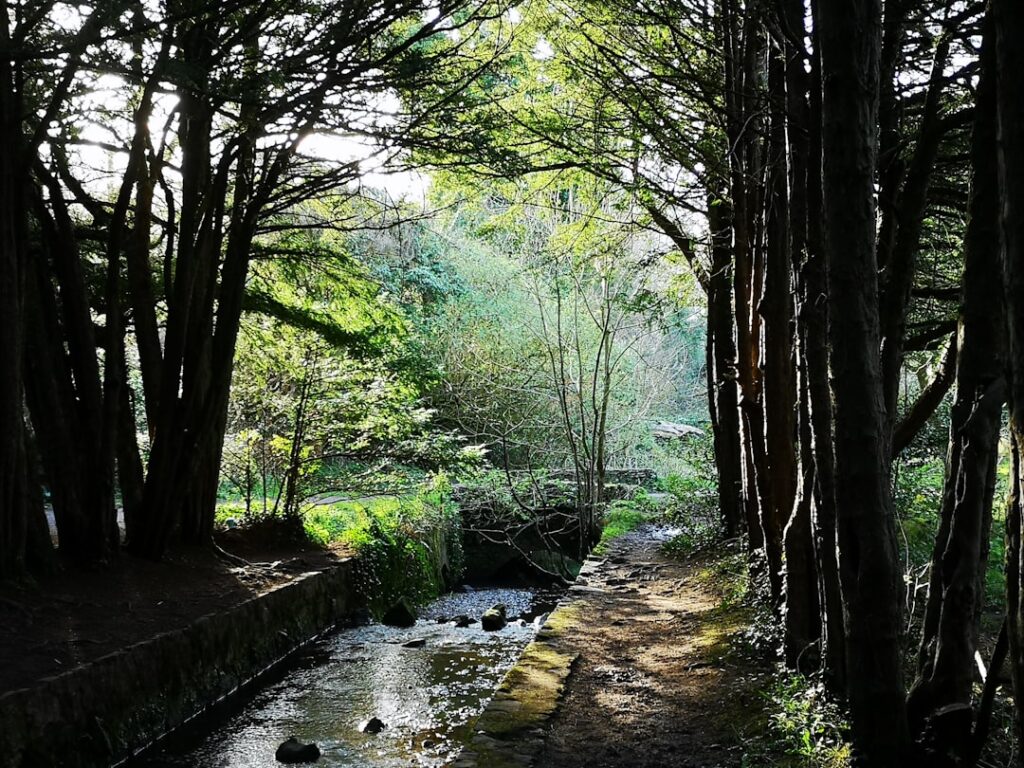Looking for an unparalleled adventure into the heart of nature? Japan’s hidden national parks are calling. Beyond cherry blossoms and neon-lit cities, a green revolution is quietly transforming Japanese eco-tourism: forest immersion. Known locally as “shinrin-yoku” or “forest bathing,” this unique travel trend invites explorers to experience a deeper connection with ancient woods, vibrant moss carpets, and mystical waterfalls. This in-depth guide takes you off the beaten path into the wild and wondrous, revealing how fresh air, silence, and centuries-old trees can transform not just your trip, but your entire outlook on life.
What is “Forest Immersion” in Japan? Experience, Trends, and Benefits
Forest immersion, or shinrin-yoku, originated in Japan in the 1980s and has since evolved into a movement merging eco-tourism with holistic wellness. It’s not just about hiking—it’s a mindful practice of absorbing the sights, sounds, and scents of the forest. Scientific studies attribute a range of benefits to shinrin-yoku, from reduced stress and improved mood to boosted immunity. These days, forest immersion tours feature expertly designed walks, sensory meditation, and even creative workshops under the ancient canopy. Local communities are embracing this green wave, crafting immersive experiences that celebrate both nature and Japan’s cultural heritage. With an increasing number of travelers seeking sustainability and meaning, forest immersion has become one of Japan’s most innovative and sought-after travel trends of 2025.
World Heritage Wonders: Shirakami-Sanchi and Yakushima – Your Guide to Secret Forest Bathing Paradises
Japan’s true forest immersion escapes are far from the usual tourist routes. Among the nation’s crown jewels are Shirakami-Sanchi in northern Honshu and Yakushima off the coast of southern Kyushu—both UNESCO World Heritage Sites renowned for their primeval beauty.
Shirakami-Sanchi is a mystical ecosystem of untouched beech forests, sparkling mountain streams, and hidden waterfalls. Stretching across Aomori and Akita prefectures, its trails are ethereal, especially in early autumn when the canopies shift from emerald to gold.
Yakushima, often called “The Island of Waterfalls,” is where moss-covered yakusugi cedars tower over travelers—some trees are more than 2,000 years old! You may find yourself wandering through dense, green corridors reminiscent of Studio Ghibli’s most enchanting films. Guided tours with local naturalists offer the deepest forest immersion: think sunrise visits, moss walks, and stargazing beneath ancient branches.
These spots remain relatively untapped by mass tourism. Here, the forest isn’t a background—it’s the main event, a living, breathing sanctuary inviting you to slow down, breathe deeply, and rediscover wonder.
Deep in the Woods: Unique Activities with Local Guides
Signing up for a guided forest experience reveals layers of nature that most never notice. Local experts lead night walks, where you’ll listen for the rustling of wild animals and see an entirely different side of the forest beneath the stars. Or try a tranquil moss-hunting trek, learning to spot dozens of moss species that blanket the rocks and branches—a surprisingly meditative and Instagram-worthy activity!
Some tours share traditional forest food culture. You might enjoy “sansai” (wild mountain vegetables) foraged by hand, try teas made from wild herbs, or picnic by crystal-clear streams. At certain lodges, local grandmothers teach rustic recipes passed down since ancient times.
For travelers seeking something beyond the typical, these authentic, grassroots experiences offer deep stories and personal interaction with both nature and local people—a memory more vivid than any souvenir.
Real Travelers, Real Impact: Stories & Growing Global Appeal
What’s it really like to step off the grid and into Japan’s hidden forests? Recent visitors share transformative stories. Hana from Germany describes “a soft green silence, like being wrapped in a living blanket.” Marco from Italy felt “stress disappear with each breath; the forest was my therapist.”
Trip numbers reflect this growing interest. In 2025, eco-lodges in Shirakami-Sanchi and Yakushima are reporting historic bookings, with international guests making up nearly 40% of visitors. Social media is abuzz with #ShinrinYoku and #JapanEcoTourism, filled with snapshots of mossy trails, misty mornings, and smiling faces.
Forest immersion tourism is also revitalizing rural Japan, as small villages partner with adventure guides, organic farmers, and traditional inns. The result? More sustainable tourism, richer local economies, and meaningful bonds formed between cultures—all rooted in a mutual respect for nature’s wisdom.
Forest Immersion Essentials: Packing, Local Tips & The Best Time to Visit
Ready to explore the green unknown? Go prepared: bring comfortable waterproof hiking shoes, layered clothing for shifting weather, and insect repellent (Japanese forests can be buggy in summer). Don’t forget a refillable water bottle, camera, and a notebook for thoughts inspired by the stillness.
Local pro tip: Many regions have rental shops for boots and rain jackets, so you can pack lighter—just ask your guide! A pocket magnifier is helpful if you’re keen on plant or moss-spotting.
When’s the best time for forest immersion? Late spring (May–June) brings lush green and wildflowers; autumn (September–early November) sets the woods ablaze with color. Even winter reveals serene snowscapes, best for those seeking solitude and pristine air.
With the right preparation, your journey into Japan’s hidden forests can be a life-changing adventure—a chance to slow down, reconnect, and experience the healing rhythm of the wild.







